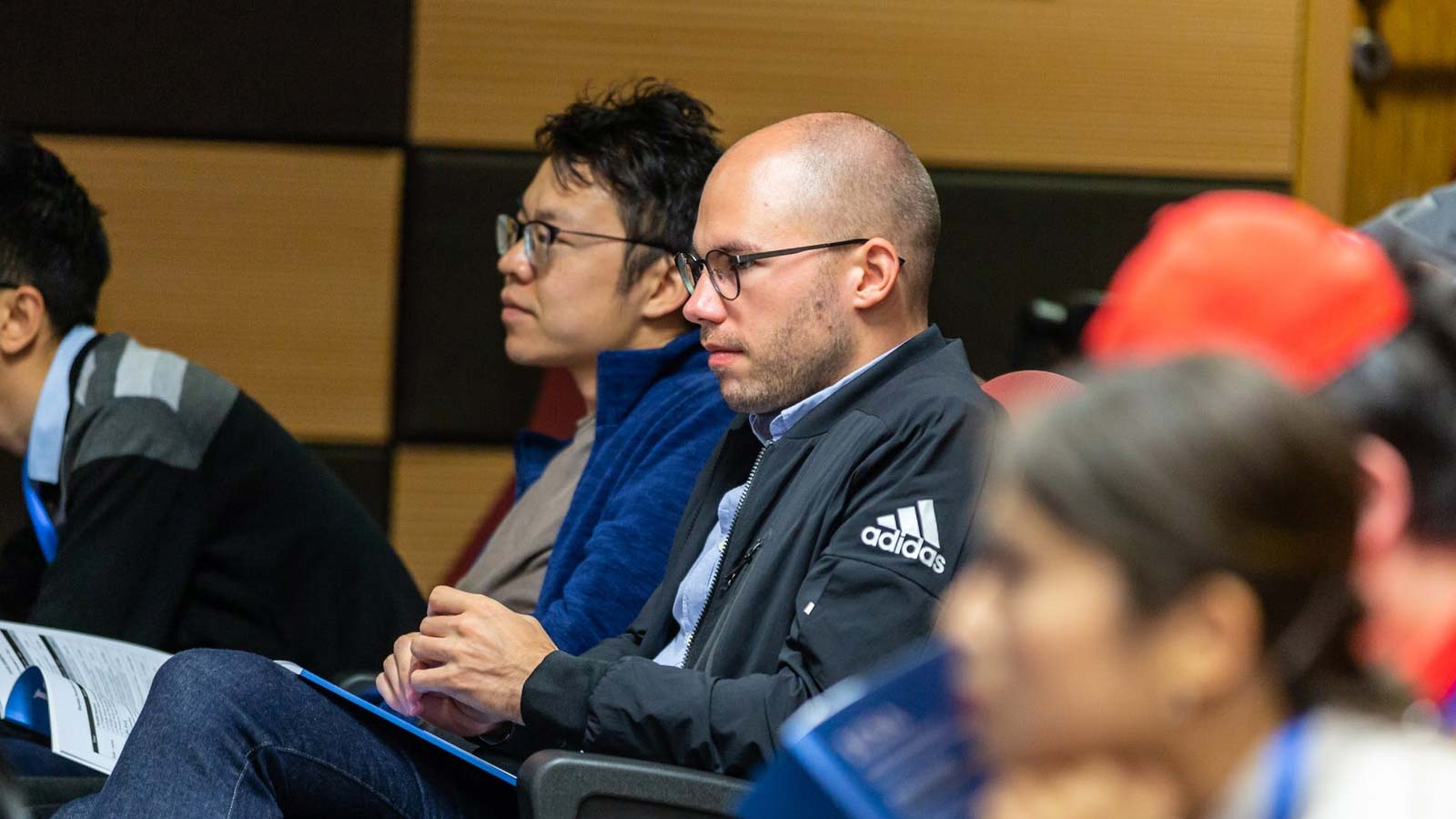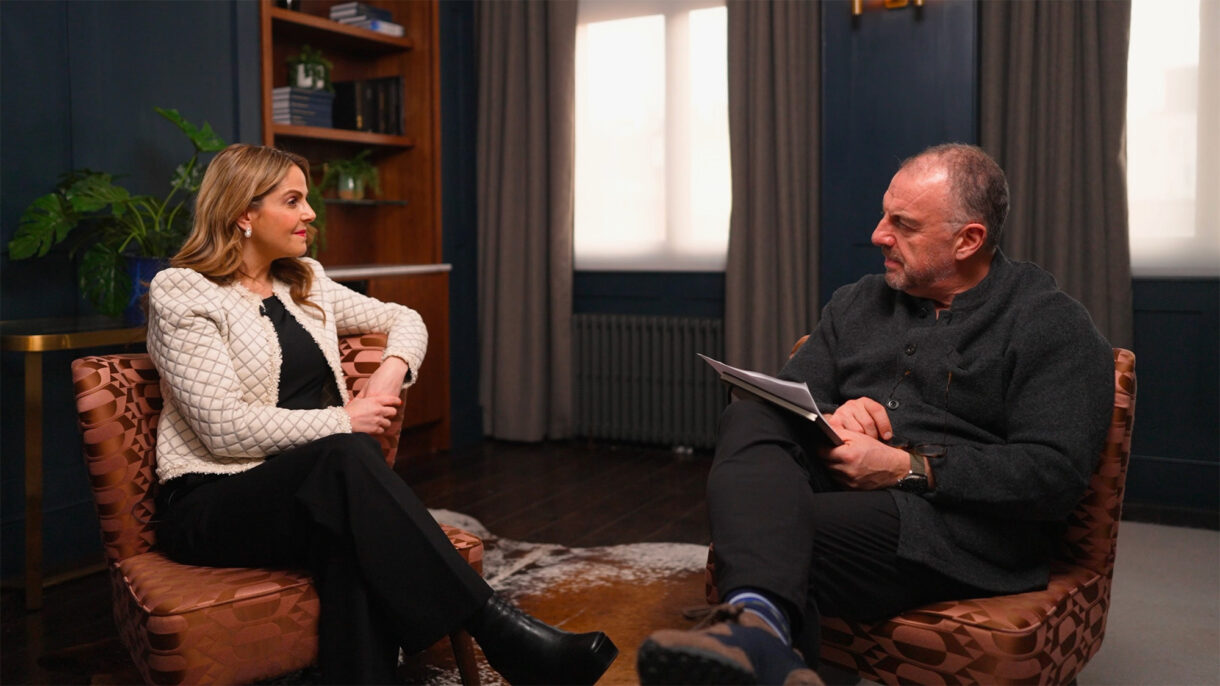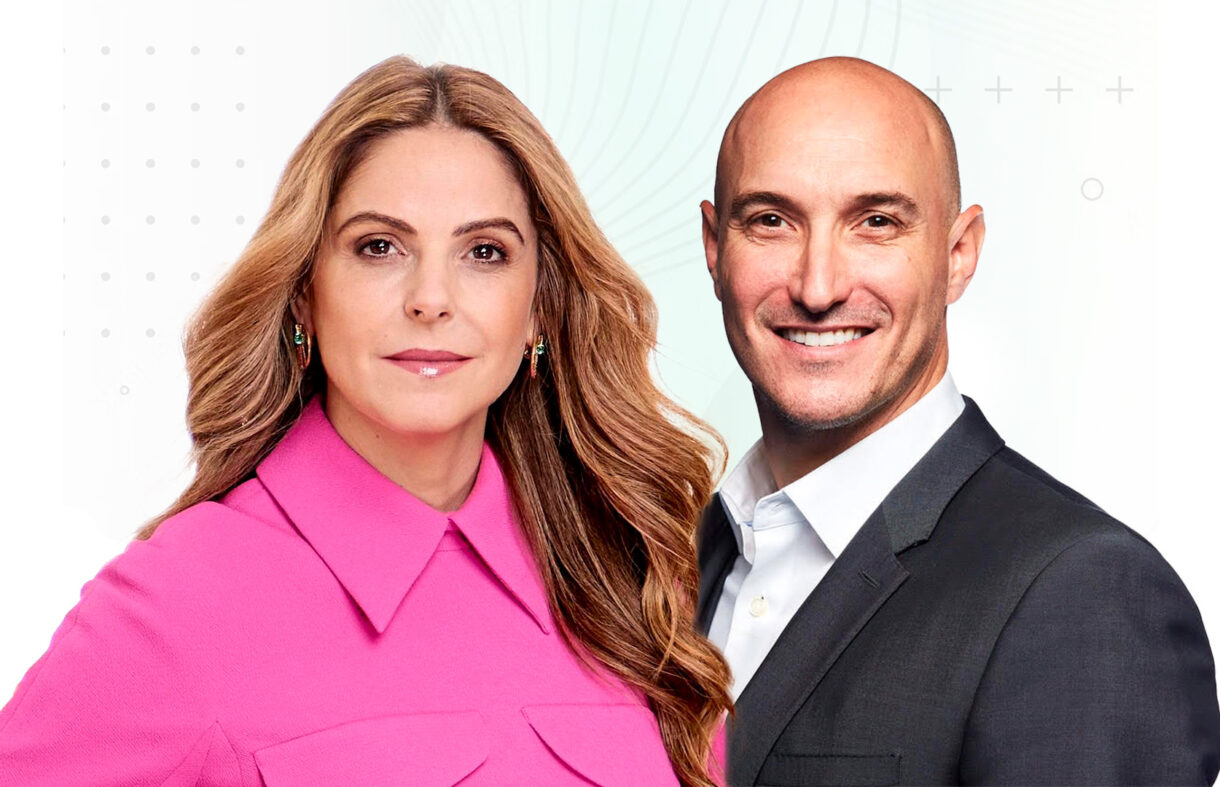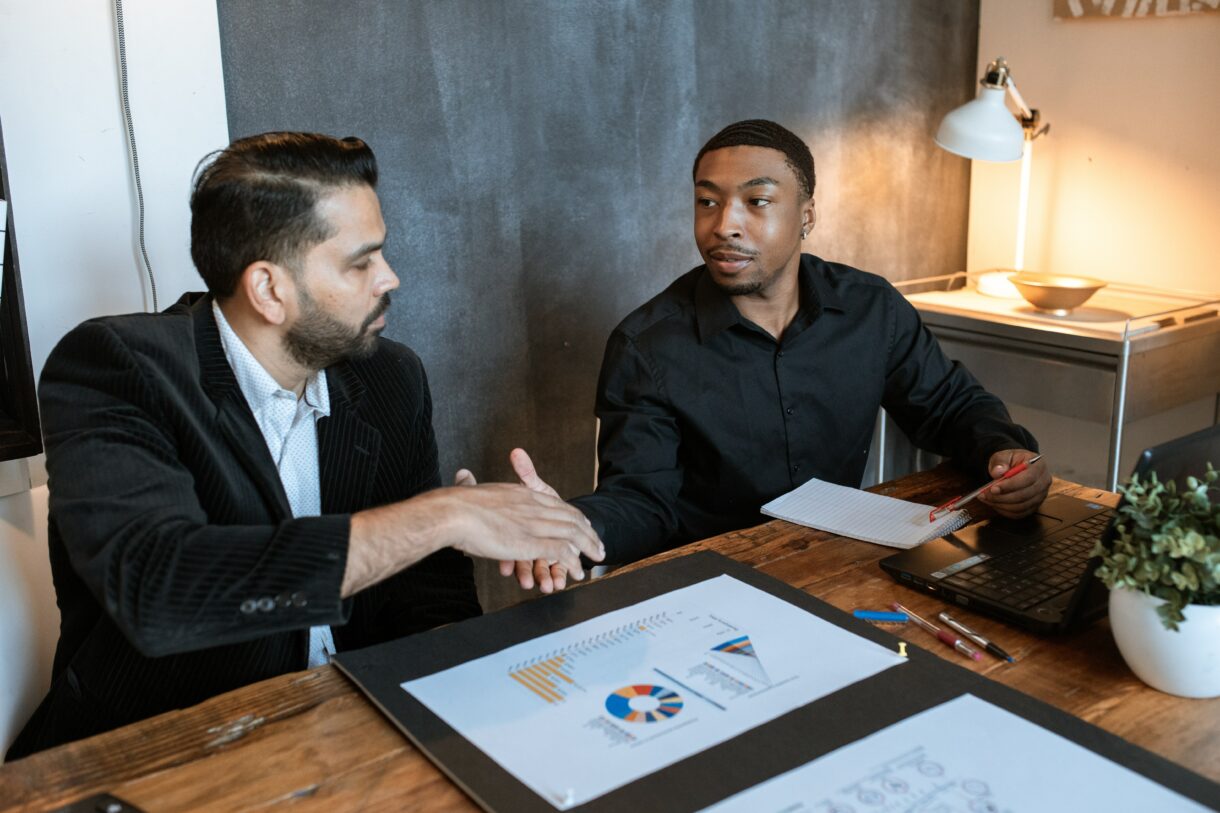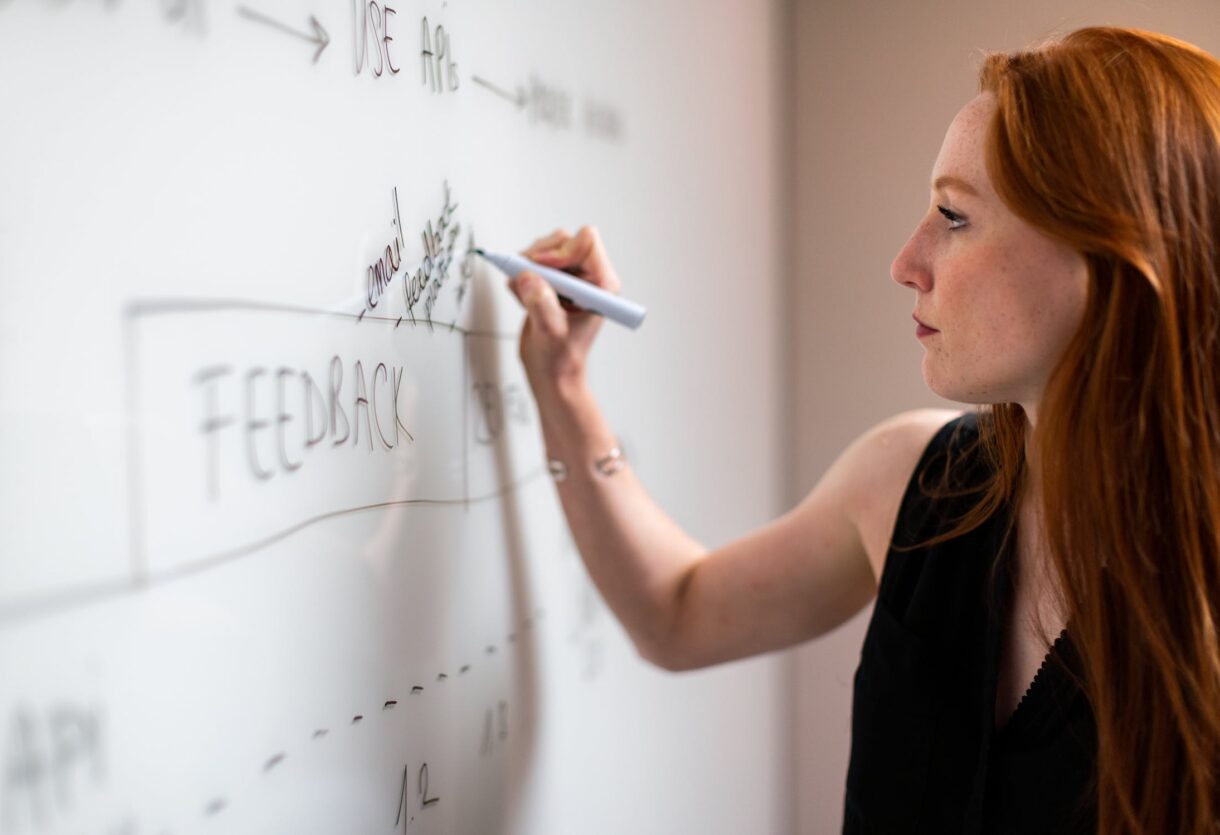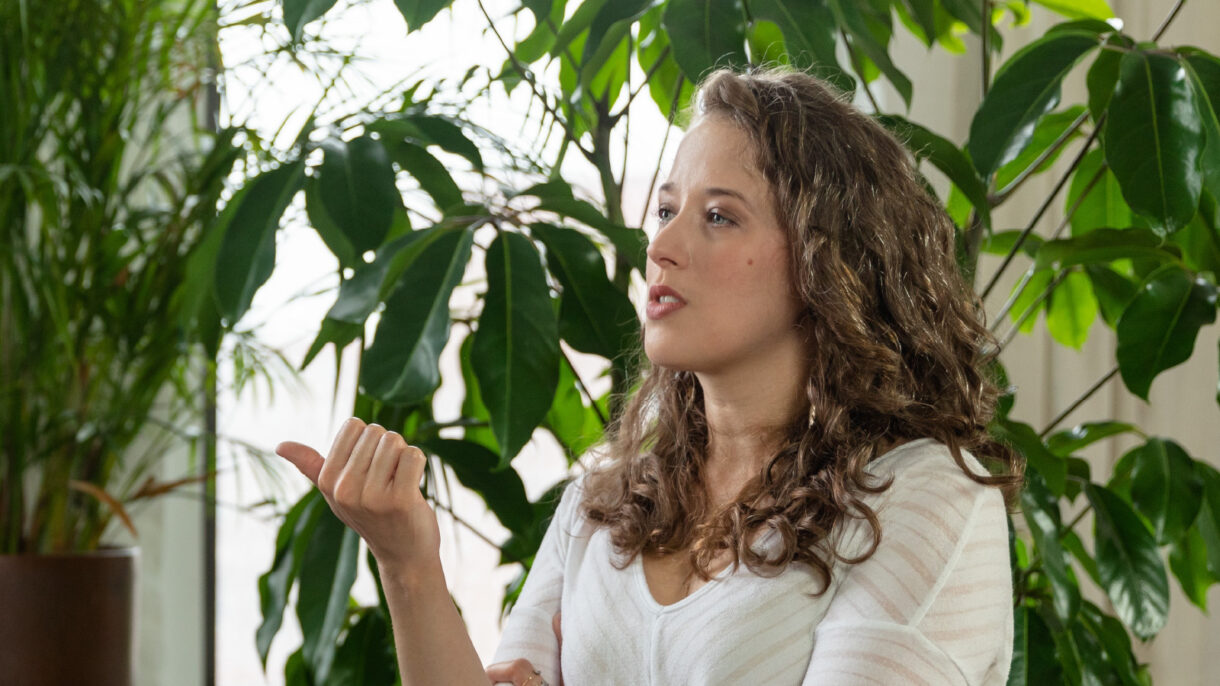The BE-DO-HAVE model helps define the prerequisites not just for sustainability initiatives but also for any organisational change effort.
The “being” part is to clearly identify the set of shared values and understandings of the early adopters. The “doing” is the implementation across behaviours and systems. The “having” is the result of the previous two.
What will cause leaders to change behaviours, symbols and systems? A useful way to understand this is the model of BE-DO-HAVE. A change in outcome occurs when people behave in different ways, and behaviour changes when there is a change in beliefs, mindsets, values, and perceptions about how things are and what is important. We HAVE a particular outcome because of what we DO, and what we DO follows from who we are at the BE level.
The messages (behaviours, symbols and systems) are all DO activities
What about the BE level? You need a critical mass people with the new perspective to lead a culture change. Once the culture starts to shift, others will follow without necessarily having that BE-level mindset. The exciting thing about changing a culture is that you don’t need everyone. Culture shifts at a tipping point, and that point is lower than you might think, McKinsey has suggested it’s around 30%. There is a percentage of people who will never change, and it is easy to focus attention on this group. Our most effective strategy is to concentrate on the group of people who are closest to a sustainable mindset already because these are the ones who will make the difference.
What mindsets, at the BE level, are required to build a culture of sustainability? Let me suggest three:
- A broader perspective
See the greater good and the longer term. Encourage people who have the cognitive ability to see themselves within a broader context. Those who operate this way work for the future as well as the present, for others as well as themselves, for sustainability as well as profit. - Generosity
This emerging mindset is critical for customer focus, people development, high-performing global teams and sustainability. The web for example flourishes through people’s willingness to share content with others. People who are generous will take the time to work out how they can contribute to sustainability and also be successful themselves. They are willing to give, and they have found that they receive many benefits in return. - Courage
The willingness to make values-based decisions. Many decisions are made because they meet a short-term need, or because they will please someone else, or because they will avoid conflict. An individual’s courage is really tested only when there is an easy way out. Individuals who are values driven are courageous because their values often cause them to act against the current accepted norm.
“Never doubt that a small group of thoughtful, concerned citizens can change world. Indeed it is the only thing that ever has.”
Margaret Mead
American cultural anthropologist, author and speaker
Pioneers of sustainable culture building need these three characteristics at the BE-level
Find others who are inclined towards these mindsets and give them “air cover,” support and encouragement. Forget about those who operate most rigidly and narrowly at the BE level. Put those who are inclining that way in contact with those who are taking the desired actions. Research by Leann Lipps Birchat the University of Illinois found that the best way to get children to eat vegetables is to seat them at tables with children who like vegetables – more effective than parental threats and or promises of rewards.
We all want to fit in
The exciting thing about changing a culture is that you don’t need everyone. Culture shifts at a tipping point, and that point is lower than you might think; McKinsey has suggested it’s around 30%. There is a percentage of people who will never change, and it is easy to focus attention on this group. Our most effective strategy is to concentrate on the group of people who are closest to a sustainable mindset already because these are the ones who will make the difference.
“My own definition of leadership is this: The capacity and the will to rally men and women to a common purpose and the character which inspires confidence.”
General Montgomery
British Field Marshal
Unstoppable – Guy Starts Dance Party
The following video is a fascinating example of culture change in action. One man dances at a concert alone for a while, and then is joined by a second. The critical change occurs with the behaviour of a third guy – he is the one who normalises the behaviour so that many more feel able to adopt it.
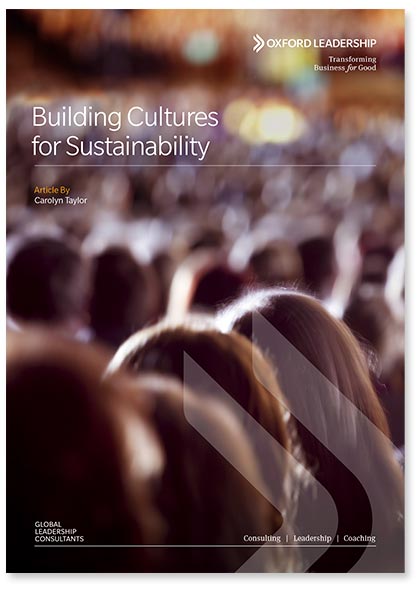
Stay up-to-date with our latest news:
Subscribe